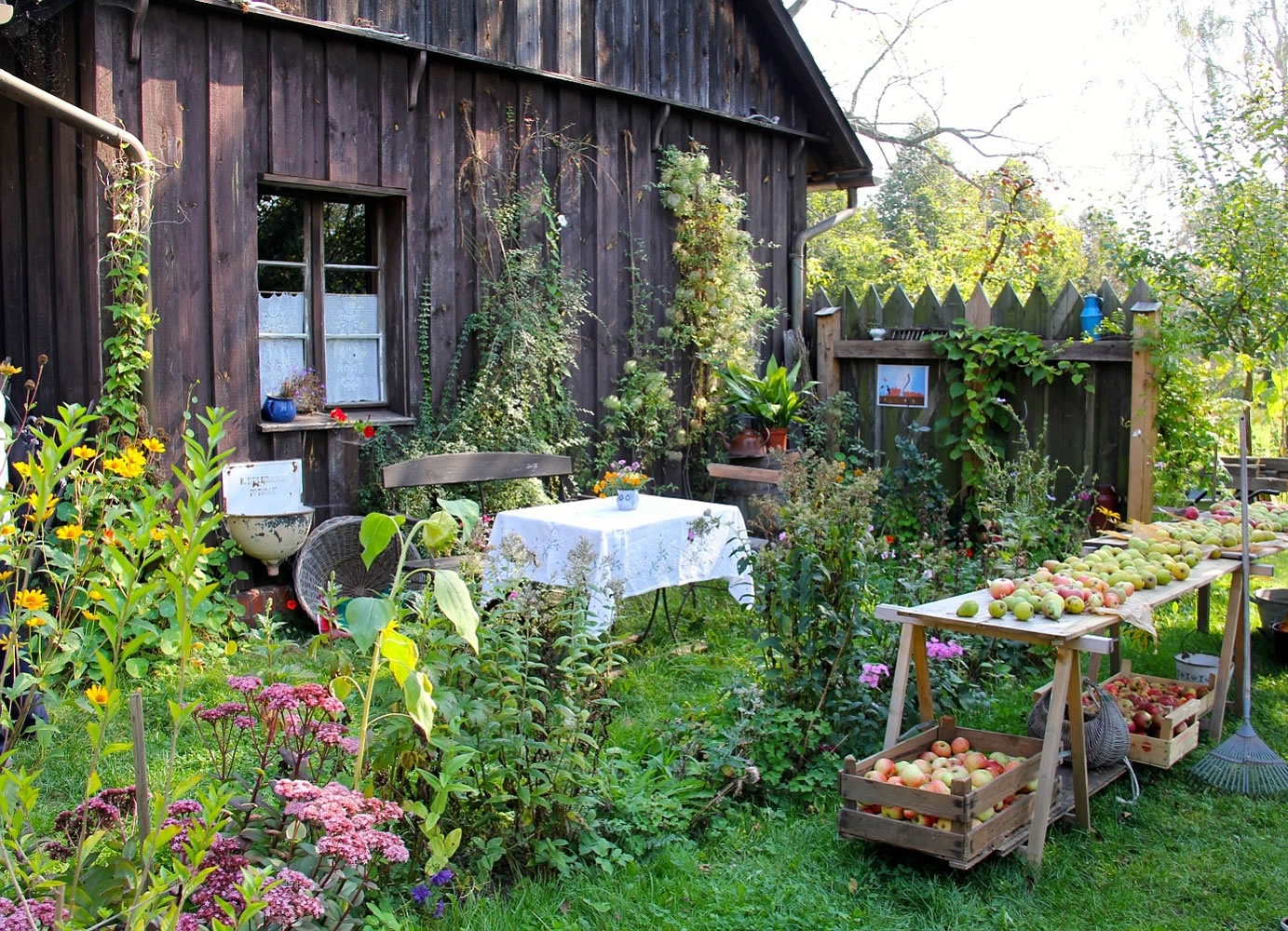Looking at my garden journal entries from summers gone by, I have noticed a distinct lack of entries in the mid-summer “To Do” section. I’m not saying there is nothing to do at this time of year. I make it a practice to copy down “To Do” lists from other sources so that I have a good feel for what chores are recommended in each specific month or season. Typically, lists for July target lawn care, deadheading flowering perennials, fertilizing spring flowering shrubs, planting fall and winter vegetables, irrigation and spot weeding. What I am saying is that by the time summer is underway, I’m not so sure I want to do everything I find on all of these lists.
I am in that group of gardeners that has a high tolerance for imperfection in the garden. To me, gardening is very much like life. There is little harm in taking a couple of weeks off from your garden routine (or the routines of life, for that matter) at any time of year. Everything will be waiting for you when you are ready to get back in the swing of things. The good thing about slacking off the work load in summer is that there seems to be a distinct lull in the turnover of chores at this time of year. If you weed in spring, new weedlings are sprouting up before you get your pruners back in their holster. Summer weeds are just as tired as we are by late July.
Summer lawns get hammered by children playing, guests and visitors walking across the turf areas and the ravages of full summer sun. The upkeep of our lawns requires regular, scheduled watering and mowing. If you choose to have a lawn, how it looks affects the appearance of the rest of the garden. Flowering borders and pathways look their best when framed by lush, green, well mown grass. In addition, we need to put aside larger blocks of time for seasonal lawn maintenance tasks such as aerating, dethatching and fertilizing.
If you water your lawn on a regular basis, remember that fewer good soakings that distribute at least an inch of water each week will be better for your lawn than a lot of quick, shallow sprinkles. By watering deeply you help the grass form a deeper root system. Water early in the morning when there is less wind and evaporation than during the heat of the day. On cool-season lawns, weeds really take hold when the grass starts to go dormant in July. Hand-weed small infestations as soon as they appear.



